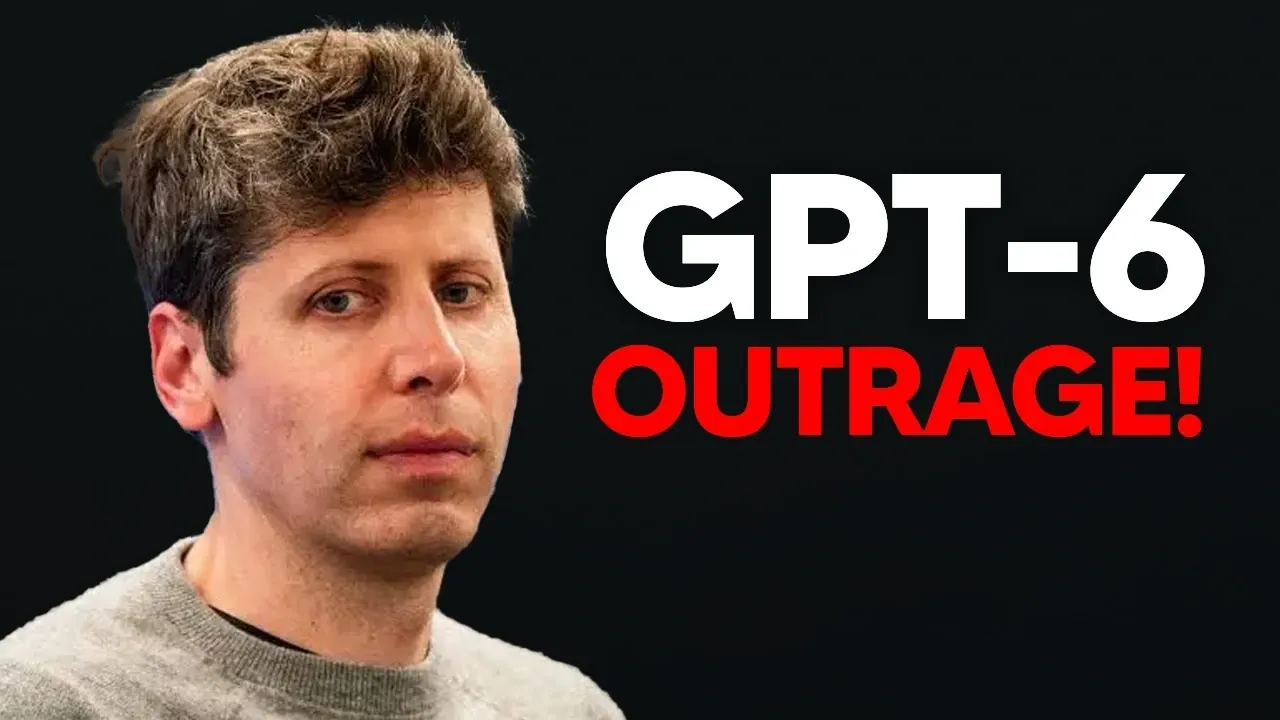
Richard Drury – Getty
With growing concerns about the dangers of social media for adolescents, Instagram has rolled out Instagram Teen Accounts. It’s an attempt to offer more protection for the younger generation scrolling through the platform. As of September 17, 2024, any teen who signs up for Instagram will automatically be placed under specific settings. Teens already on the app will soon follow. The Instagram Teen Accounts also aims to allow parents to have more oversight and involvement in what their teen does on social media…….Continue reading…
Source: Parents
.
Critics:
Social media has both negative and positive impacts on teenagers, with negative effects including increased risks of anxiety, depression, poor body image, and cyberbullying. Excessive use can also disrupt sleep, impact academic performance, and lead to social comparison and feelings of inadequacy. On the other hand, it offers benefits like connecting with others, finding communities, and accessing information, which can provide support and a sense of belonging.
The 10 negative effects of social media include anxiety, depression, poor sleep, and low self-esteem due to social comparison and cyberbullying. Other negative impacts are addiction, spread of misinformation, privacy concerns, distraction from real-life activities and productivity, and a distorted sense of reality from unrealistic online portrayals.
Social media affects teenagers’ mental health negatively by limiting direct contact with peers and encouraging constant comparison online, which can lead to low self-esteem, anxiety, and depression. Excessive use has also been linked to sleep problems, attention problems, and feelings of exclusion in adolescents—and sleep is essential for the healthy development of teens, according to the advisory.
Social media has a dual impact on students, offering educational and social benefits like enhanced communication and collaboration, while also posing negative effects such as academic distraction, reduced attention spans, cyberbullying, and detrimental impacts on mental health like anxiety, depression, and sleep disturbances. Excessive use can lead to addiction and a decline in face-to-face communication skills.
Five dangers of social media include cyberbullying, unrealistic social comparisons, addiction, exposure to inappropriate or harmful content, and privacy violations. These risks can lead to negative mental health impacts, such as anxiety and depression, and physical issues like sleep disruption.
Social media offers teens pros like social connection, access to information, and opportunities for self-expression, but also presents cons such as cyberbullying, exposure to harmful content, and negative impacts on mental health, including depression and anxiety, linked to social comparison and unrealistic standards. Excessive use can also lead to addiction, decreased productivity, and poor sleep patterns.
Social media affects the brain by triggering the release of dopamine, which can lead to addictive behaviors and an overactive reward system. This constant stimulation can decrease attention span, disrupt memory, and negatively impact emotional regulation, contributing to issues like anxiety, depression, and poor self-esteem. Furthermore, it can interfere with brain development in adolescents, increase the fear of missing out (FOMO), and lead to social comparison and body image issues.
Social media can be harmful for teens’ mental health. Comparing themselves to others can undermine self-esteem, and a teen’s own carefully edited, perfect-looking feed can mask serious issues, making it harder for friends or parents or to see that they need help.
Approximately 95% of teens (ages 13-17) use social media, though this number can be even higher for specific demographics like 16- to 25-year-olds, with one source reporting 99% usage. While most platforms require users to be at least 13, nearly 40% of children ages 8-12 also use social media. Social media often displaces time that should be dedicated to sleep, and this sleep disruption has harmful effects on the mental, physical, and emotional health of children and teens.
Based on about 1,300 responses, the survey found that 35% of teens use at least one of five social media platforms more than several times a day. The five social media platforms are: YouTube, TikTok, Facebook, Instagram and Snapchat. A study following over 17,000 UK teens from ages 10 through 21 found that girls have stronger links between time spent on social media and lower life satisfaction between ages 11-13, while for boys, the links are strongest in ages 14-15.
Your child’s self-image and body image can be influenced by social media, other media and advertising. For example, if your child regularly sees staged and filtered images on social media, they might feel they’re not good enough. The frenetic and fragmented nature of social media can end up weakening the brain’s ability to focus, especially when one is engaged in more demanding tasks like studying.
Further, the mental health effects of social media like anxiety, depression, and low self-esteem can also challenge cognitive challenges. Currently, more than half of US teens spend an average of 7 hours and 22 minutes of daily screen time. Considering the amount of sleep teenagers need, that’s almost HALF of their waking hours.
Excessive use of mobile phones, including social media and gaming apps, can lead to screen addiction, which can negatively impact mental health by causing anxiety, depression, and sleep disturbances. Social media promotes community, security, and safety, both online and off. Read More. Con 1: Social media spurs digital addiction, cyberbullying, and mental health issues.





Leave a Reply